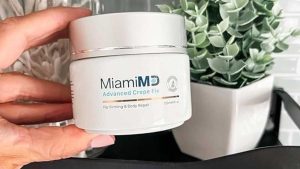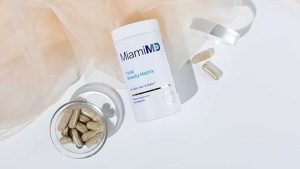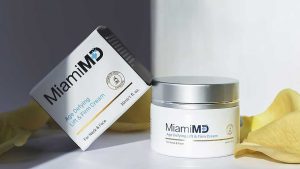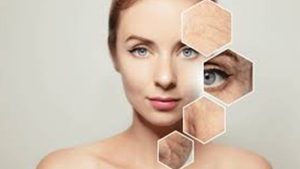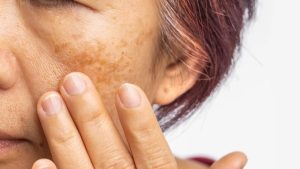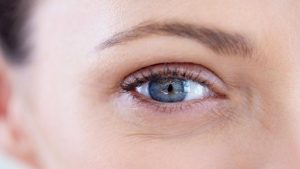What To Look For in the Best Dark Spot Remover
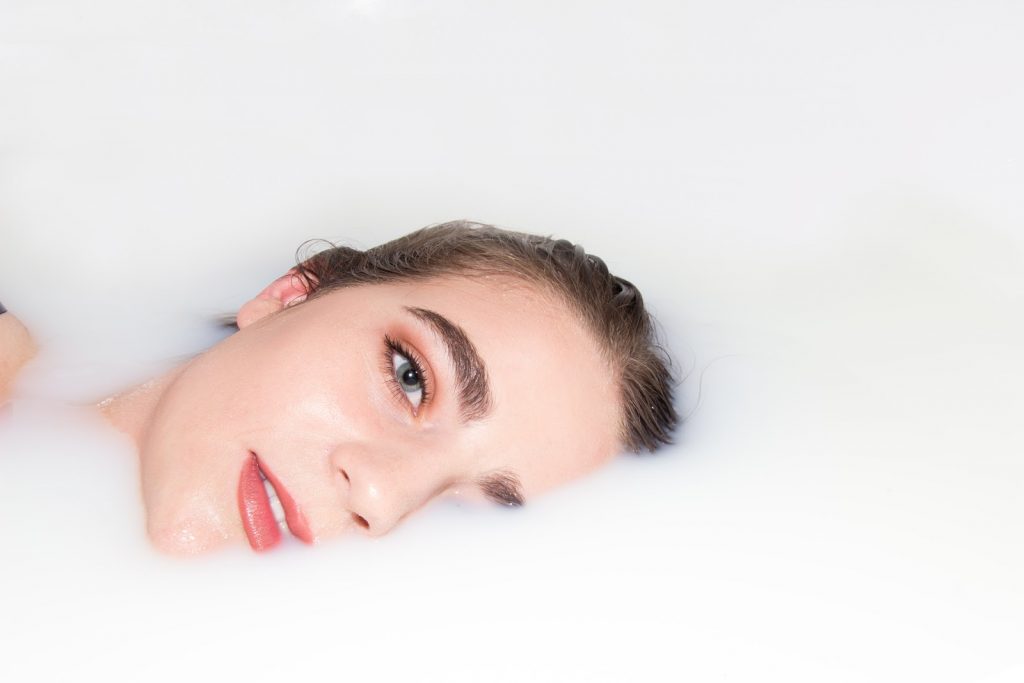
Dark spots can make you majorly self-conscious. Even the smallest dark spot, especially on the face, can make you hyper aware of how people are looking at you.
Although, in the vast majority of cases, dark spots are far more noticeable for the people who are dealing with them than for anyone else around them, learning how to treat them can be a significant ego boost.
MiamiMD is here to go over what to look for in the best dark spot remover, so that you can spend your efforts toward ingredients that actually work.
What Are Dark Spots?
Dark spots are a more familiar term for something known as hyperpigmentation. It’s important to note that, while hyperpigmentation is referred to in a medical capacity, it is not a medical diagnosis. It simply refers to patches of the skin that are darker than the skin surrounding it.
Hyperpigmentation can occur anywhere on the body, either in small patches or covering larger areas. They can be slightly more dark than the rest of the skin, or much more dark.
What Causes Dark Spots?
The real “cause” of dark spots is easy to define — it’s simply a build up of pigment (melanin) that occurs anywhere on the skin.
Melanin is what gives our skin its “color,” and it occurs in a huge range of shades. It is naturally produced by the body (unless there is an absence of melanin entirely, like what happens with people who have albinism).
One of the main enzymes that creates this melanin is known as tyrosinase. It controls not only if melanin is produced, but also how much of it and at what rate; that’s why tyrosinase is often the target of ingredients that help to remove dark spots — controlling tyrosinase helps to control the hyperpigmentation.
That said, there are a few different causes of that pigmentation buildup:
- Melasma – Melasma are dark spots on the skin that are often the result of hormonal changes in the body. They often occur during pregnancy or in people who use oral contraceptives. With melasma, those dark spots usually occur on either the face or the stomach.
- Sunspots – More officially called solar lentigines, sunspots are areas of hyperpigmentation that are the result of sun exposure over a lifetime. They most often occur on areas that get the most sun exposure, like the hands and face.
- Inflammation – A final trigger for dark spots is trauma to the skin. Things like acne or injuries that can cause scars to turn dark, leading to hyperpigmentation.
Of these causes, sun exposure is by far the most common. The more sun exposure that you have over the course of your life, the most likely you are to develop dark spots.
Ultimately, though, the real reason that hyperpigmentation happens is that the skin cells begin to react to any damage that may be occurring by producing more pigment. This is a natural protective measure, although it can be incredibly visually upsetting and cause a hit to your self esteem.
MiamiMD’s Dark Spot Corrector
When it comes to how MiamiMD creates products that deal with dark spots, we wanted to make sure that we always included science-driven ingredients. We also focused on designing functional beauty skin care products, so that you feel and look good when you wear them, as well as feeling confident in the fact that you are also getting their long term benefits and it’s not just a one-time fix.
For hyperpigmentation, we designed our Dark Spot Corrector.
Our goal was to help visibly reduce those dark, aging spots that can become so prominent on the face as we get older. We also wanted it to transform skin from stained and patchy into looking younger and more even within weeks of starting to use it regularly. And, because dark spots don’t just occur on the face, our cream was created to work not only on the face but also on the arms, hands, and chest.
As we chose ingredients for our Dark Spot Corrector, we chose those that would work together in our special formulation and visibly correct the signs of “DNA discoloration” as well — sun spots, liver spots, dark spots, age spots, and even freckles.
The first ingredient that we chose was alpha-arbutin. The reason we went with alpha-arbutin is for its abilities to inhibit the activation of an enzyme known as tyrosinase. Tyrosinase is responsible for taking the very first step in the process that creates pigment (specifically, melanin). Alpha-arbutin, on the other hand, is considered to be a “depigmenting” agent. Alpha-arbutin is able to inhibit tyrosinase, which can help block the overproduction of pigment.
What makes it an especially great ingredient for helping minimize hyperpigmentation is that it doesn’t have the same type of potentially problematic side effects that some of the other, more well-known lightening agents have (like hydroquinone).
The second ingredient in our Dark Spot Corrector is Resveratrol. Resveratrol is an antioxidant, meaning it neutralizes oxidants (also known as free radicals) that can harm the cells in the body. This specific antioxidant is filled with super nutrients called polyphenols, which occur naturally in plants. The same chemicals that make up Resveratrol are also found in natural products like red grape skins, red wine, mulberries, and purple grape juice.
When applied topically, this ingredient can help brighten up the complexion and as well as visibly lighten dark spots.
Along with alpha-arbutin and Resveratrol, we add vitamin C (sometimes referred to as ascorbic acid). We use a high-end formulation that is dermatologist-approved. Many people flock to vitamin C for its ability to help with some of the most obvious, glaring signs of aging, including dark spots.
We also included two different types of “acids,” glycolic acid and kojic acid. Although it would seem like they belong in the same category, the two are actually quite different and create different responses on the skin.
Glycolic acid, for instance, is an alpha-hydroxy acid (or AHA) known for its exfoliant properties. It helps to remove any dead skin cells from the skin’s outermost layer, which can lead to healthy skin “turnover,” which helps to fade hyperpigmentation more quickly than when it is left to its own natural devices.
Kojic acid, on the other hand, works much like alpha-arbutin to inhibit the formation of tyrosine (the “melanin” synthesizing enzyme). That can trigger both a lightening and a brightening of the skin, supercharging your results.
Keep in mind that dark spots take time to fade. Results, like many of the other products in our functional beauty skin care line, can be achieved with consistent use over time. The more you apply our Dark Spot Corrector, the more that it is able to work to painlessly and efficiently “slough” off that dead and damaged skin, allowing the healthier, lightened skin to shine through. The dark spots will start to fade and diminish, eventually disappearing entirely!
Are There Ways To Prevent Hyperpigmentation?
In addition to continuing to use products like MiamiMD’s Dark Spot Corrector, there is one, very important (and easy) way that you can help prevent hyperpigmentation from both returning and from forming in the future: sunscreen.
Although you should already be incorporating sunscreen into your daily skin care routine, if you haven’t already started, it’s never too late.
According to the American Academy of Dermatology Association (AAD), everyone should use sunscreen with zero exception (other than a legitimate allergy). Sunscreen should always be considered broad spectrum (meaning it protects against both UV-A and UV-B rays), be at least 30 SPF, and be waterproof.
Sunscreen should be worn any time that you are outside. It is estimated that up to 80% of rays will still reach your skin even on cloudy days. This pertains to every month of the year, even when it snows. In fact, snow can even help reflect the rays, making them even more potentially dangerous.
When you’re able to protect your skin from the harmful rays of the sun, you not only help to reduce your risk of developing dangerous health conditions in the future, it can also help minimize the chance of developing or worsening hyperpigmentation.
Sunscreen is also one of the leading factors that can seemingly speed up the aging process, including fine lines, wrinkles, and a loss of elasticity.
In Conclusion…
Knowing what you should be looking for when purchasing a dark spot remover can really help you to make the best choice for your skin.
Instead of trying product after product that promises help but can’t deliver, invest in a functional beauty product that is driven by science. Don’t continue to feel bothered from dark spots on the skin.
Make real change for yourself and take back your life, all by simply applying a grain sized amount of cream directly to the affected area just two times a day!
Sources:
https://www.sciencedirect.com/topics/neuroscience/melanin
https://www.aad.org/public/everyday-care/sun-protection/sunscreen-patients/sunscreen-faqs
